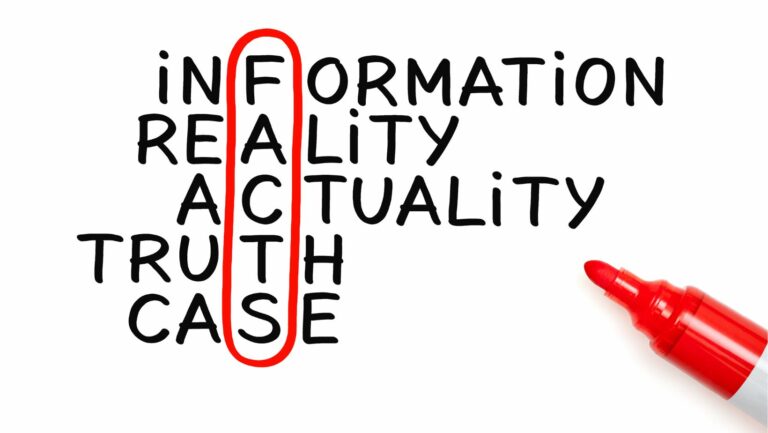Engaging the Reader: Techniques Employed by the Writer in This Excerpt
In the Writing of this Excerpt, the Writer Employed Irony. Foreshadowing. Imagery. Characterization.
When it comes to crafting a captivating piece of writing, authors employ various techniques to capture the reader’s attention and convey their message effectively. In the writing of this excerpt, the writer skillfully employs a range of literary devices and stylistic choices to engage the audience and leave a lasting impact. From the careful selection of words to the artful use of sentence structure, every element has been meticulously curated to create an immersive reading experience. In this article, I’ll delve into the techniques employed by the writer in this excerpt, exploring how they enhance the overall quality and impact of the piece.
The writer’s choice of language plays a crucial role in shaping the tone and conveying the intended message. Through the careful selection of words, the writer effectively conveys their ideas and creates a vivid image in the reader’s mind. Additionally, the writer’s use of figurative language, such as metaphors and similes, adds depth and richness to the writing, making it more engaging and memorable. By examining the specific language choices made by the writer in this excerpt, we can gain insights into their creative process and appreciate the skillful craftsmanship behind their work.
Furthermore, the writer’s employment of various literary devices and techniques enhances the overall impact of the piece. From the use of vivid imagery to the strategic placement of rhetorical devices, every element has been carefully woven together to create a compelling narrative. By analyzing these techniques, we can gain a deeper understanding of how the writer effectively conveys their message and captivates the reader’s attention. Join me as we explore the intricacies of the writer’s craft and unravel the secrets behind their masterful storytelling in this excerpt.
Understanding the Writer’s Choice of Language
When analyzing the techniques employed by a writer in a particular excerpt, one of the key factors to consider is the writer’s choice of language. The selection of words can significantly impact the tone of the piece and effectively convey the intended message. In this section, I will explore two important aspects of the writer’s choice of language: employing deliberate word choice and utilizing figurative language.
Employing Deliberate Word Choice
A skilled writer understands the power of words and carefully selects each one to create a desired effect. By employing deliberate word choice, the writer can evoke specific emotions, emphasize certain ideas, and guide the reader’s interpretation of the text. Instead of resorting to generic or mundane language, the writer consciously employs words that add depth and richness to the writing.
Using a variety of vocabulary, the writer is able to paint a vivid and engaging picture for the reader. By selecting words that are precise and descriptive, the writer creates a sensory experience that allows the audience to fully immerse themselves in the narrative. For example, instead of simply stating that “the room was dirty,” the writer might use the phrase “the room was cluttered with discarded papers and dust-covered furniture,” instantly conjuring images of a neglected and disorganized space.
Furthermore, deliberate word choice can also contribute to the overall tone of the piece. Whether the writer aims for an authoritative, persuasive, or contemplative tone, the selection of words plays a crucial role in setting the desired atmosphere. By using words that are strong and assertive, the writer can convey confidence and credibility. Conversely, a more introspective or poetic tone can be achieved by employing language that is mellifluous and evocative.
Utilizing Figurative Language
Another technique employed by the writer is the use of figurative language. Figurative language is the language that goes beyond the literal meaning of words and utilizes various devices, such as similes, metaphors, and personification, to create a deeper and more engaging experience for the reader.
By incorporating figurative language, the writer adds layers of meaning and imagery to the text. Similes and metaphors, for instance, allow the writer to draw comparisons and create associations that help the reader understand and connect with the subject matter on a deeper level. These devices can evoke powerful emotions and spark the reader’s imagination.
The writer’s choice of language is a critical element in shaping the tone and impact of a piece of writing. By employing deliberate word choice and utilizing figurative language, the writer can create a compelling and memorable experience for the reader. Through the skillful use of these techniques, the writer can effectively convey their message, evoke emotions, and engage the audience on a deeper level.

